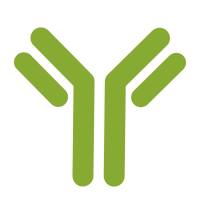Use of Ribozymes to Specifically Alter the MDR-1 Phenotype
互联网
544
Over the past few decades major improvements have been made in the treatment of cancer patients. Despite the success obtained with several new classes of drugs, resistance of cancer cells still remains a major hurdle to cure patients (1 ). Multidrug resistance (MDR) is one of the best characterized phenomena that is associated with cross-resistance to structurally unrelated lipophilic drugs, including a wide variety of natural products and synthetic drugs, such as anthracyclines, vinca alkaloids, actinomycin D, and epidodophyllotoxins (2 ,3 ). One specific gene associated with the MDR phenotype is MDR-1, which encodes for a 170 kDa protein consisting of 1280 amino acids known as P-glycoprotein (P-gp, see refs. 4 –6 ). P-gp was found to be expressed in many types of multidrug resistant cells and was shown to be concentrated at the plasma membrane (7 –9 ) The predicted transmembrane structure of the P-gp showed that it possesses 12 transmembrane domains that form a pore-like structure and has also two ATP-binding sites (10 ,11 ). This protein demonstrates drug-binding capabilities and functions as an ATP-dependent efflux pump to decrease the intracellular accumulation of drugs (12 ).








